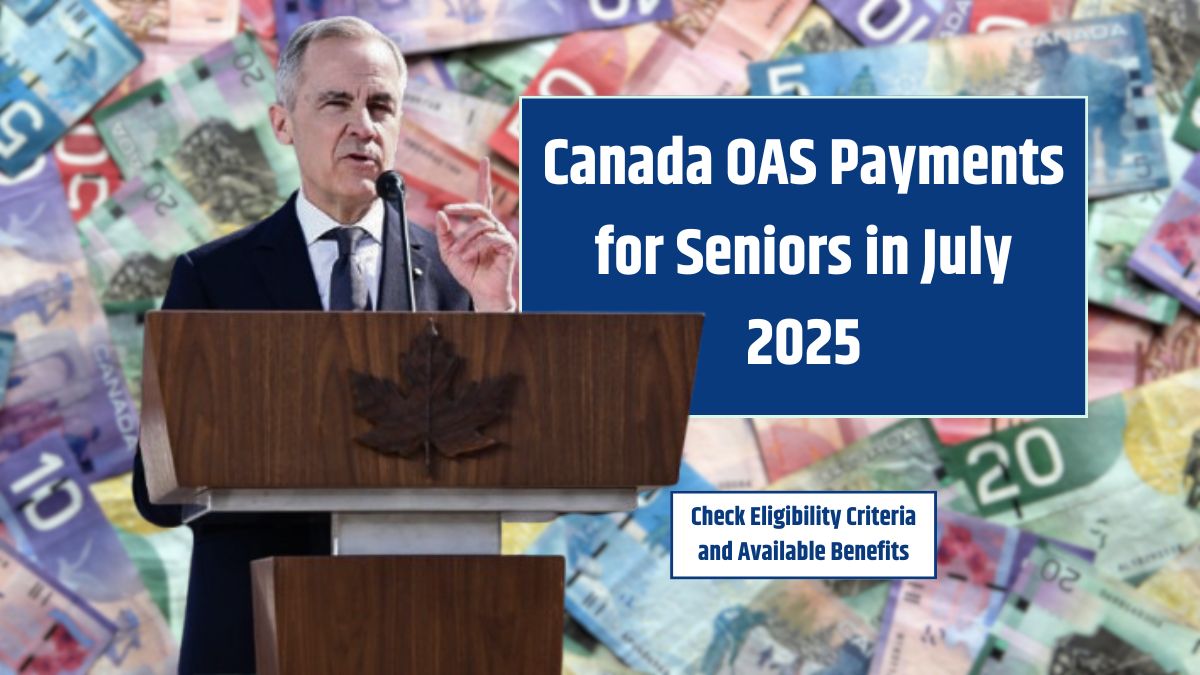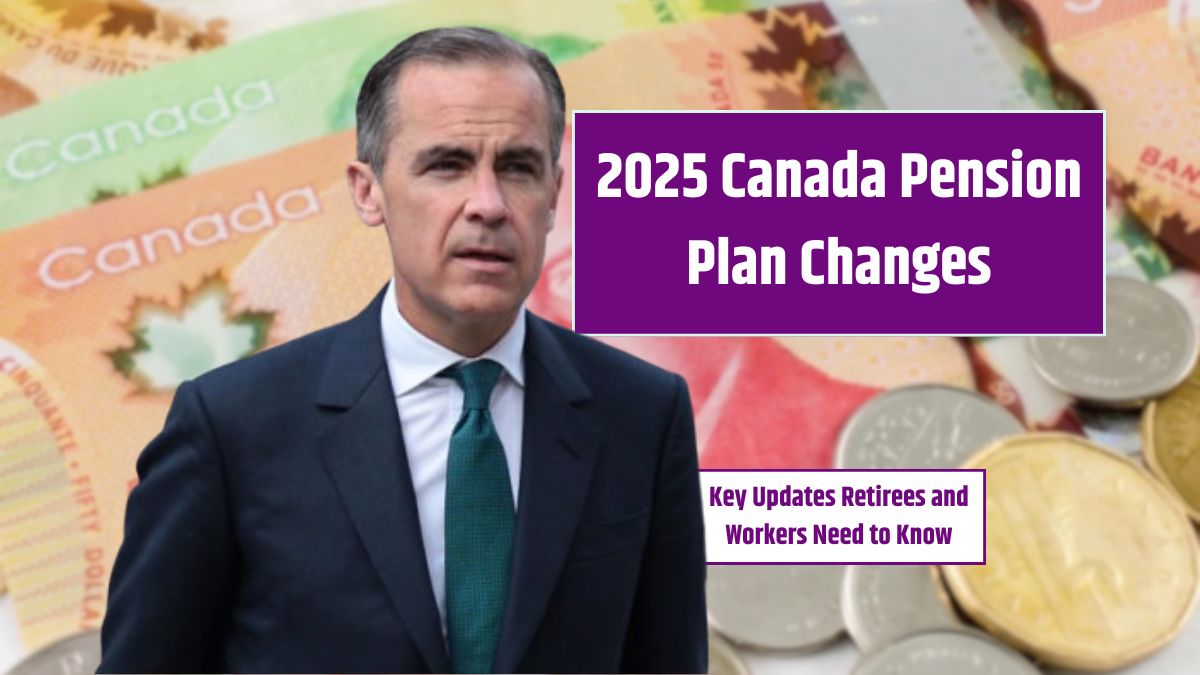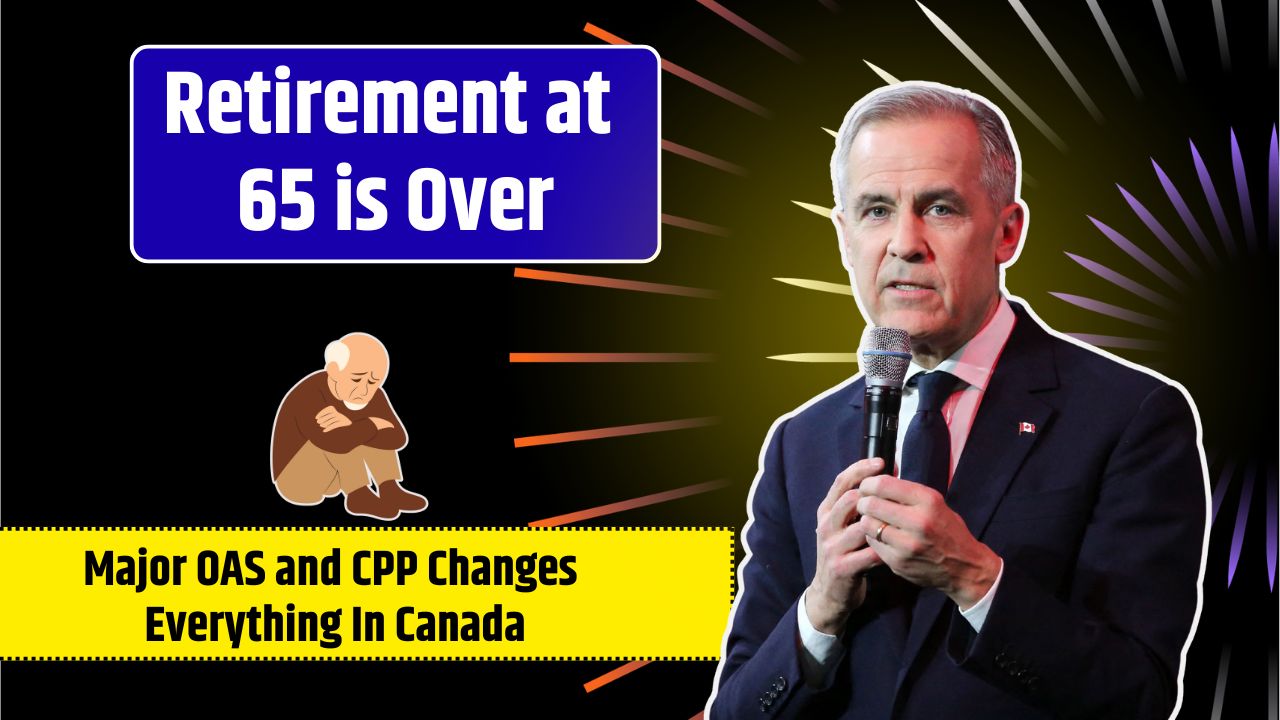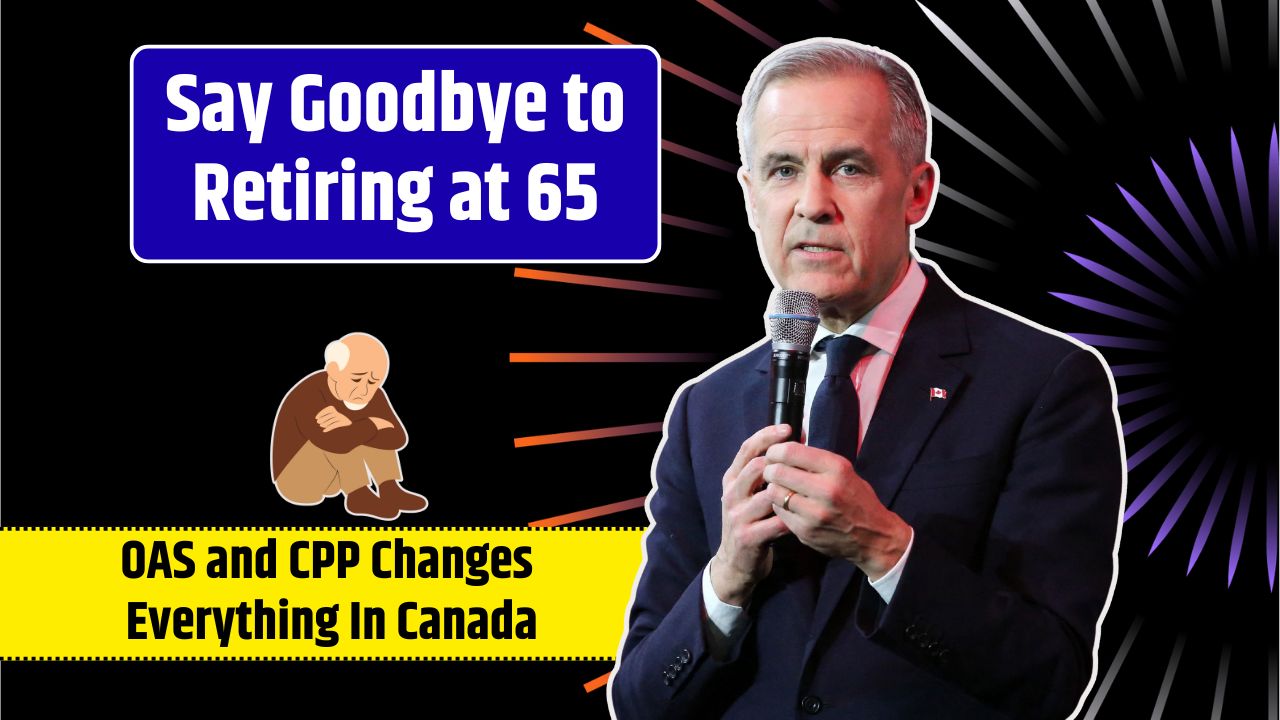If your employer goes bankrupt or into receivership, your pay may be the first thing to disappear—but thankfully, Canada’s Wage Earner Protection Program (WEPP) is here to help. In 2025, eligible workers can receive up to $8,844 through WEPP, offering relief for unpaid wages, vacation, termination, or severance pay.
Whether you’re a worker affected by a company shutdown or just want to know your rights, this guide breaks down who qualifies, how much you can get, how to apply, and what mistakes to avoid.
Table of Contents
Overview
| Topic | Details |
|---|---|
| Maximum WEPP Payment (2025) | $8,844 |
| Covers | Wages, vacation pay, termination, severance |
| Eligibility | Employees of bankrupt or insolvent employers |
| Application Deadline | Within 56 days of termination or bankruptcy |
| Application Method | Online or paper via Service Canada |
| Taxable? | Yes, you will receive a T4A slip |
| More Info | Canada.ca – WEPP |
Wage Earner Protection Program
The Wage Earner Protection Program (WEPP) helps workers collect owed wages when an employer goes bankrupt or enters receivership. If you’re suddenly out of a job with unpaid earnings, this program can provide much-needed financial relief.
The maximum payment in 2025 is $8,844. This amount is equal to seven times the maximum weekly insurable earnings under Employment Insurance rules.
It covers:
- Unpaid wages
- Vacation pay
- Termination pay
- Severance pay
Who Qualifies?
To be eligible for WEPP, you must meet these conditions:
Employer Status
Your employer must be:
- Bankrupt
- In receivership
- Under another form of federal insolvency proceeding
Employment Status
You were:
- Terminated due to the insolvency
- Terminated within six months before the bankruptcy or receivership
Amount Owed
You must be owed wages, vacation pay, or termination/severance pay earned in the six months before your employer’s insolvency.
Exclusions
You are not eligible if you were:
- An officer or director of the company
- A person with controlling interest
- Responsible for financial decisions affecting wage payments
How Much Can You Receive?
You can get up to $8,844 in 2025. This includes all eligible pay types combined. The actual amount depends on how much you are owed and is capped at the annual maximum.
Example:
- If you’re owed $3,000 in unpaid wages and $2,000 in vacation pay, you can receive the full $5,000, assuming it’s within the six-month window and under the $8,844 limit.
Application Process
Here’s how to apply for WEPP:
Step 1
Your employer’s trustee or receiver must submit a Trustee Information Form (TIF) to Service Canada. This starts the WEPP process.
Step 2
You must submit a Proof of Claim to the trustee or receiver, detailing what you’re owed. This is required before you can apply for WEPP.
Step 3
You must apply within 56 days of one of the following:
- Bankruptcy/receivership date
- Termination date
- Date when all employees were terminated
Apply online at the Service Canada website, or use a paper form if necessary.
Common Mistakes to Avoid
Mark your calendar—missing the deadline will make you ineligible.
Incorrect Information
Double-check your Proof of Claim before submitting. Inaccurate wage data can slow down or block your payment.
Not Monitoring the Process
Keep in touch with your trustee and log into your Service Canada account to track updates.
What Happens After You Apply?
If approved, your payment will be sent by direct deposit or cheque. You will receive a T4A slip, and you must report the WEPP amount as taxable income on your next tax return.
Is WEPP Enough?
While WEPP provides important relief, it might not cover your full losses if you were owed a large severance or bonus. You can consider talking to a legal or financial professional to look into additional compensation options.
FAQs
Who can apply for WEPP in 2025?
Any employee whose employer declared bankruptcy or receivership.
How much can I receive through WEPP?
Up to $8,844 in 2025.
Is WEPP taxable?
Yes, it is considered taxable income.
How do I apply for WEPP?
Apply online through Service Canada within 56 days.
What does WEPP cover?
Unpaid wages, vacation, termination, and severance pay.
























